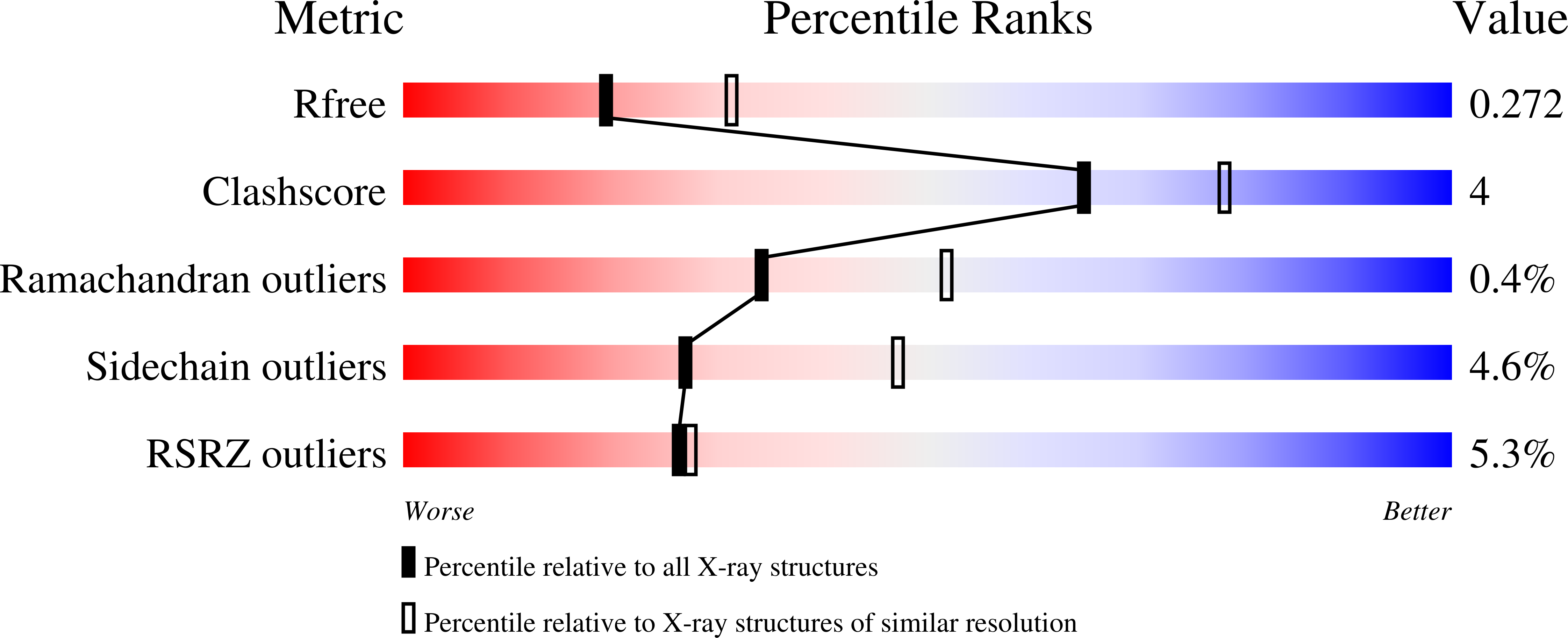
Deposition Date
2020-12-14
Release Date
2021-04-14
Last Version Date
2024-10-23
Method Details:
Experimental Method:
Resolution:
2.47 Å
R-Value Free:
0.25
R-Value Work:
0.21
R-Value Observed:
0.21
Space Group:
I 2 2 2


